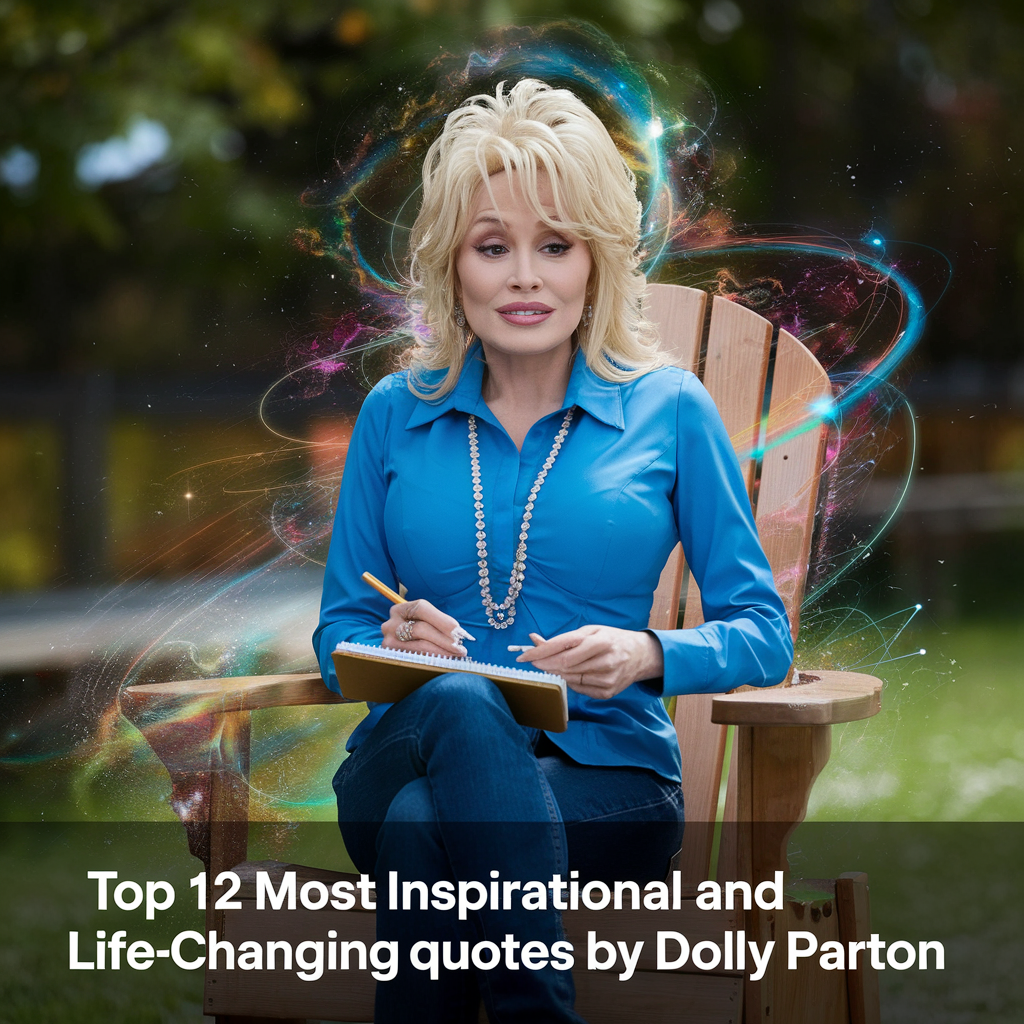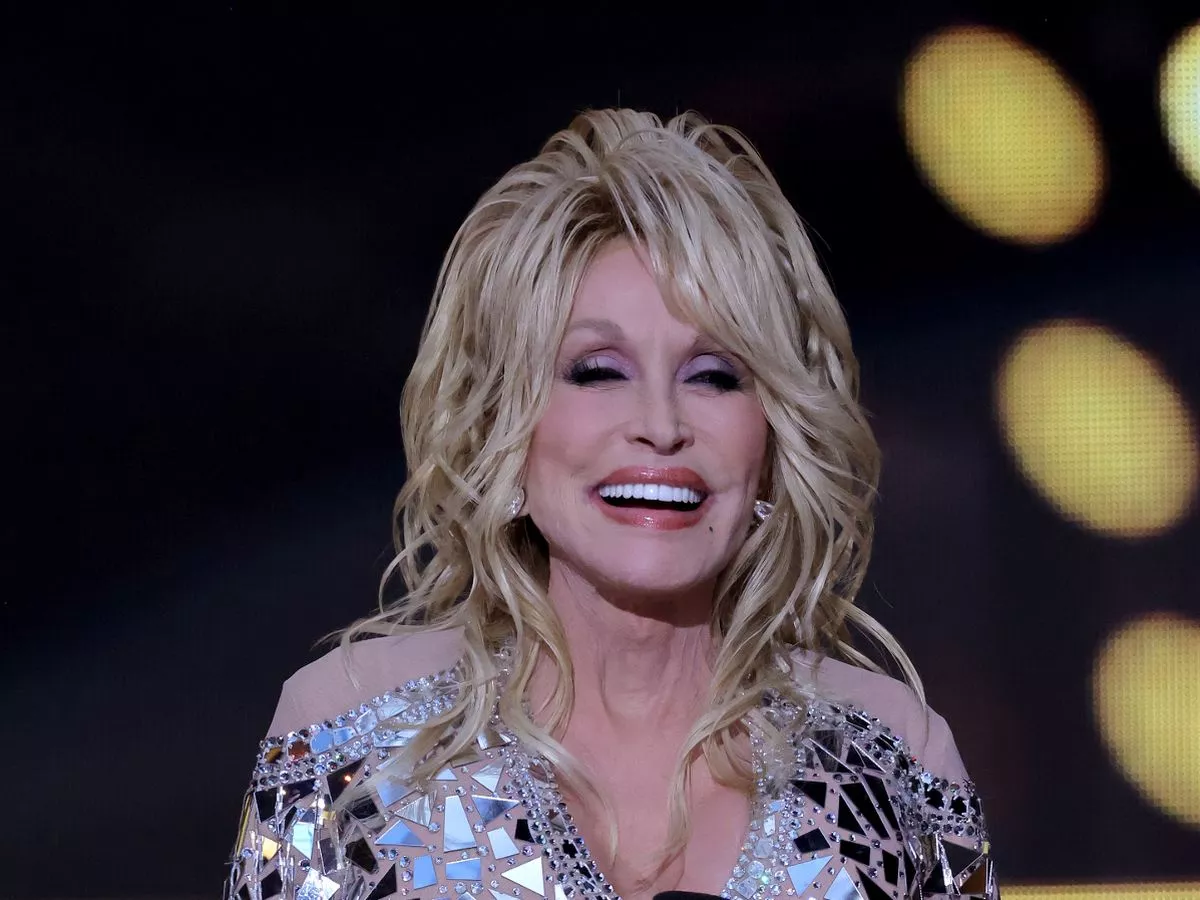The 1980s in America were a period of transformation, excess, and innovation. It was a decade that brought about economic shifts, evolving social norms, groundbreaking technology, and unforgettable pop culture moments. From the rise of cable TV and video games to political dramas and iconic fashion trends, the 1980s continue to hold a special place in American memory. Let’s take a closer look at daily life in the ‘80s and how it shaped modern American culture.
1. Family Dynamics and Social Changes
The 1980s saw notable shifts in family structures and social norms. Divorce rates peaked, and more women entered the workforce than ever before, driven by both economic needs and a changing perception of gender roles. As more mothers worked outside the home, daycare centers became essential to family life. Single-parent households and professional women became more visible, reflecting the evolving nature of American families .

Economic pressures and rising consumerism also changed family dynamics. Average household incomes rose, reaching approximately $27,000 by the end of the decade, though the cost of living increased as well. With this income rise came a shift toward a more consumer-driven society, characterized by a demand for comfort, entertainment, and convenience .
2. The Rise of Technology: Cable TV and Video Games
The 1980s marked the dawn of the tech revolution in entertainment. Cable television became a household staple, introducing channels like CNN, ESPN, and MTV, which brought 24-hour news, sports, and music videos to American homes. MTV quickly became a cultural phenomenon, giving rise to music videos as an art form and launching the careers of artists like Michael Jackson and Madonna .

Home entertainment systems became more advanced with the introduction of the VCR and video game consoles like the Atari 2600 and Nintendo Entertainment System (NES). Families could rent movies to watch at home, and kids were able to play video games without going to the arcade. This shift transformed home entertainment, making family rooms and basements into media hubs .
3. Pop Culture and Iconic Entertainment
Pop culture in the ‘80s was loud, bold, and unforgettable. Television shows like The Cosby Show, Dallas, and Miami Vicedominated the small screen, while movies like E.T., Back to the Future, and The Karate Kid filled theaters. Comedies like Ghostbusters and Ferris Bueller’s Day Off became instant classics, while horror franchises like Friday the 13th and A Nightmare on Elm Street thrilled audiences .

Music was equally impactful. Michael Jackson’s Thriller became the best-selling album of all time, and artists like Madonna, Prince, and Whitney Houston shaped the musical landscape. Meanwhile, rap music, led by groups like Run-DMC and LL Cool J, began to emerge as a significant cultural force. These icons weren’t just about music—they influenced fashion, attitudes, and lifestyles .
4. Fashion Trends: Bigger, Bolder, Brighter
The fashion of the 1980s was all about making a statement. Neon colors, shoulder pads, and acid-wash jeans became staples, reflecting the decade’s bold and experimental spirit. Inspired by celebrities and television characters, teenagers emulated the styles of their favorite stars, from the preppy looks of Family Ties to the pastel suits in Miami Vice. Hair was big and bold, with teased styles and perms defining the look of the era .

Fitness fashion also gained popularity as aerobics took the country by storm. Leg warmers, spandex, and headbands became not just workout gear but fashion statements, showcasing the influence of celebrities like Jane Fonda on both exercise and fashion.
5. The Economy and Consumer Culture
Under President Ronald Reagan, the 1980s ushered in an era of economic changes known as Reaganomics. Tax cuts, deregulation, and a focus on reducing inflation shaped this approach, benefiting businesses and the wealthy but widening the income gap. The booming stock market and increased consumer confidence led to a culture of “greed is good,” symbolized in movies like Wall Street .

Consumerism defined the era, with people spending on luxury items, high-end fashion, and new technology. Malls became cultural hubs, especially for teenagers, who saw them as places to socialize, shop, and experience the consumer-driven lifestyle that defined the decade. This materialism was both celebrated and criticized, reflecting the complex relationship Americans had with wealth and consumerism.
6. Political Tensions and Global Events
The 1980s were a time of significant political events and global tensions. The Cold War dominated international relations, with President Reagan famously urging Soviet leader Mikhail Gorbachev to “tear down this wall” in reference to the Berlin Wall. The decade also saw the United States involved in conflicts in Central America and the Middle East, including the Iranian hostage crisis, which lasted until 1981 .

In 1983, the U.S. invaded Grenada, and fears of nuclear war persisted, with movies like The Day After dramatizing the potential devastation of a nuclear conflict. By the end of the decade, however, relations with the Soviet Union had thawed, leading to the end of the Cold War and the fall of the Berlin Wall in 1989—a powerful symbol of hope and change as the decade closed.
7. Sports and National Pride
Sports held a special place in American hearts during the 1980s, offering both entertainment and a sense of unity. The decade witnessed the rise of sports superstars like Joe Montana, Michael Jordan, and Carl Lewis. The 1984 Summer Olympics, held in Los Angeles, were a high point for American pride, with iconic moments like Mary Lou Retton’s perfect 10 in gymnastics .

The “Miracle on Ice” in the 1980 Winter Olympics, where the U.S. hockey team defeated the heavily favored Soviet team, became a defining moment of national pride, symbolizing America’s resilience and competitive spirit. This event is still celebrated as one of the greatest underdog victories in sports history .
8. The Legacy of the 1980s: A Decade That Lives On
Though decades have passed, the 1980s continue to influence American culture. From the music and movies that defined the era to the technology that laid the groundwork for today’s digital age, the 1980s hold a nostalgic appeal for many. Shows like Stranger Things and throwback fashion trends have revived ‘80s culture, reminding us of a time when life was loud, bold, and unapologetically extravagant.

Whether it’s the big hairstyles, the neon fashion, or the unforgettable music, the spirit of the 1980s lives on as a uniquely influential period in American history. For many, it’s a decade filled with fond memories and groundbreaking changes that continue to shape American life today.


